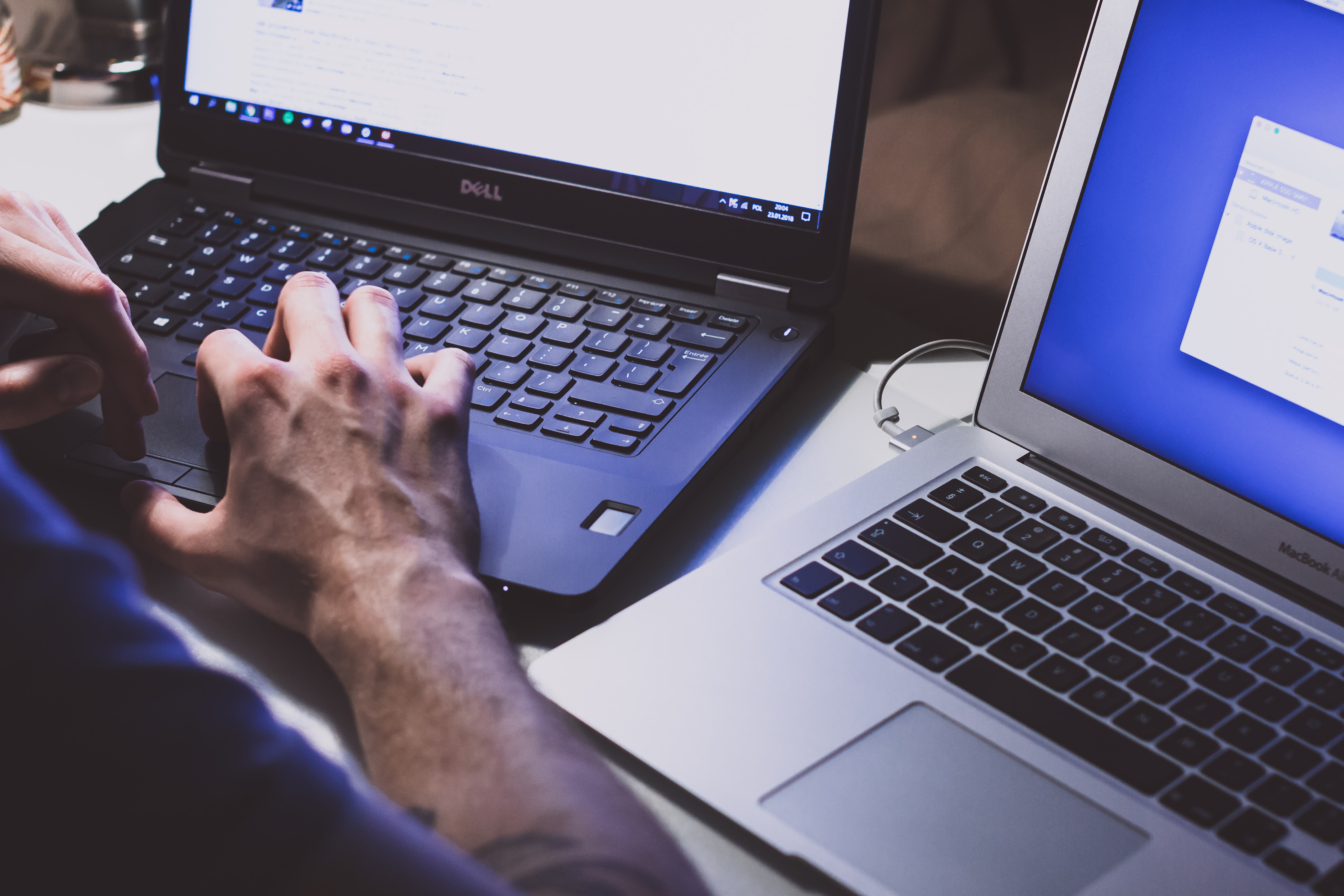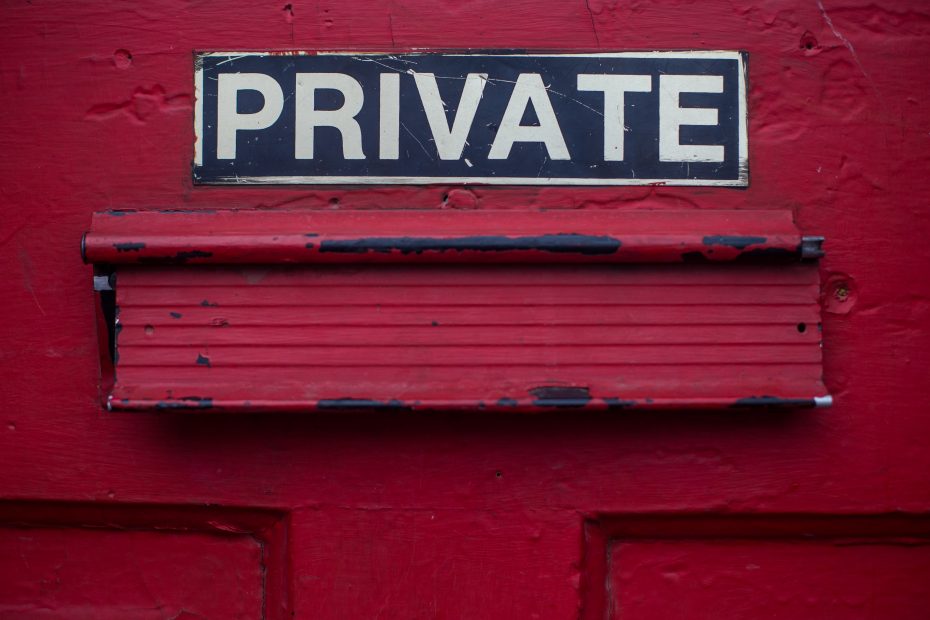When people do business with your company, they’re trusting you to keep their information as safe and as private as possible.
And your responsibility for their privacy shouldn’t just apply to high-level business deals, or even just to paying customers. It should extend to anyone who submits their personal information to you, including when they come through the lobby to check in.
Just like other types of personal information, visitor data can be targeted by criminals or competitors. Plus, failing to observe good privacy practices for any type of personal data can even be illegal in some jurisdictions.
But respecting visitors’ privacy isn’t just about protection from data hacks or fines. Making a conscious effort to respect office visitors’ privacy puts visitors at ease. It helps establish a sense of trust that can pave the way for successful meetings and relationships.
Here are a few basic ways to show office visitors that you value their privacy — and observe best data privacy practices, too.
Collect as little data as possible at check-in
There can definitely be some advantages to collecting visitors’ personal data.
Marketers, for example, love having access to details that can make offers and messages more relevant. Some security professionals might also be inclined to collect extra details about visitors’ identities before granting them access to the facility.
However, from a privacy standpoint, you should be collecting as little information as possible from office visitors. Minimizing data collected reduces potential damage from a hack or security breach.

In fact, in Europe, it’s actually illegal for an organization to collect personal information unless they can demonstrate a “legitimate interest” for collecting it. Among other things, the EU’s General Data Privacy Regulation also requires organizations to explain why they’re collecting personal info, and get consent to collect and use it.
These practices are the law when it comes to European citizens, but they tend to make good business sense for any organization.
Your office visitors shouldn’t want to give their personal details away unless it’s for a good reason. Explaining why you need their data and how it will be handled once they give it to you will make them feel more comfortable (and make a better first impression).
For more on how the EU’s GDPR affects visitor management, check out Here’s How the GDPR Will Affect Your Visitor Check-In Process.
Create a policy to manage visitor data
Even if you only collect the visitor data you absolutely need to ensure visitors’ safety and security, you’re still on the hook for protecting that personal data while you have it.
This requires making an effort to store data securely, and then to destroy or delete it as soon as it’s no longer useful.
A few data security efforts may include securing your local network with a firewall or limiting access to areas where sensitive data is stored. If you’re using visitor management software to store visitor data, look into the security features of that program’s software. (For more on best practices for protecting confidential data, read 5 Myths About Data Privacy Debunked.)
You should also have a policy and schedule in place for the disposal of data. For many offices, this data can be safely discarded at the end of each workday.
If you use a paper visitor log, you’ll need a shredder. With a solid visitor check-in app, though, the job gets even easier. Administrators can simply set the program to auto-delete visitor data at specified intervals, such as at the end of each day or week.

And although some visitor management software, including the Receptionist, gives visitors the option to store their data for quicker check-in the next time they return, visitors can opt in and out of having their data stored for that purpose.
Keep personal info out of the lobby
Privacy isn’t limited to the personal data that’s stored on a computer or in a file folder.
It’s also about keeping personal details out of eyesight and earshot as much as possible. And many offices fall short in this area, especially in their lobbies.
First of all, if you’re still using out-dated pen-and-paper clipboards to sign visitors in, it’s time for an upgrade. Besides requiring a lot of manual work and leaving plenty of room for handwriting confusion and transcription errors, manual visitor logs generally leave visitors’ names and appointment details visible for all the other visitors to see.
Some administrative staff do their best to black out or cover personal data as soon as each visitor checks in. However, this approach creates extra work, and it certainly isn’t foolproof. Modern tablet-based check-in apps like The Receptionist are a better option because they make it impossible for other visitors to see personal check-in details.
You can also avoid verbally confirming personal details of visitors in places where others in the lobby will overhear. This may mean simply having visitors review certain information as it’s written down, or designating how far away other visitors should stand or sit from the check-in window when it’s not their turn to check in.
Make sure meetings stay private
Most visitor privacy violations tend to happen in the lobby, but your responsibilities don’t end there. Meeting rooms and offices where personal business is discussed also present an opportunity to protect visitors’ privacy.
This is especially true in offices where sensitive info such as health data or legal information is discussed regularly. Make sure that your offices are sufficiently soundproof to avoid anyone overhearing what’s going on inside. (By the way, these kinds of privacy measures also benefit businesses. Most have an interest in protecting their sensitive information from the eyes and ears of uncredentialed visitors.)
Assess the acoustics in any given meeting room to see how sound carries, and consider investing in some soundproofing if you need to. (We mention more about acoustics and soundproofing in our post about the backlash to open office design.) You can also develop a clear workplace policy on whether or not it’s ever permissible to discuss the personal data of visitors/patients/partners in common areas of the office, where access might not be as regulated.
Make sure employees understand that they shouldn’t discuss or mention other people’s personal details in office common areas. Click To TweetIf your clients are particularly sensitive to keeping their identities private, you could even consider putting some protocols in place to minimize their chance of running into other visitors. Staggered arrival times or designated exits away from the waiting area are a few options to consider.
Investing in Privacy Pays Off
It takes time and energy to pay attention to something like office visitor privacy.
These efforts, however, will pay off in the long-run because business success depends on great relationships.
As we all grow increasingly wary of threats to our personal information, we expect the companies we work with to take our privacy seriously. Perhaps that’s part of the reason why, as this Denver Post article explains, 60% of businesses that suffer a cyber attack are out of business within six months.
Experts agree that business owners should consider it a matter of when, not if, their data will be targeted.
Visitor management software has plenty of privacy benefits, as we mentioned throughout the article. However, it can also save your administrators time with features like automatic visitor notifications and other automations that reduce paperwork; further, it impresses visitors with its modern interface and ease of use. There are also inbuilt safety features, such as a real-time emergency visitor evacuation list.
If you want to see these features for yourself or learn more about how they would work for your company, check out a free, 14-day trial or request a personalized demo.
Share this Post

